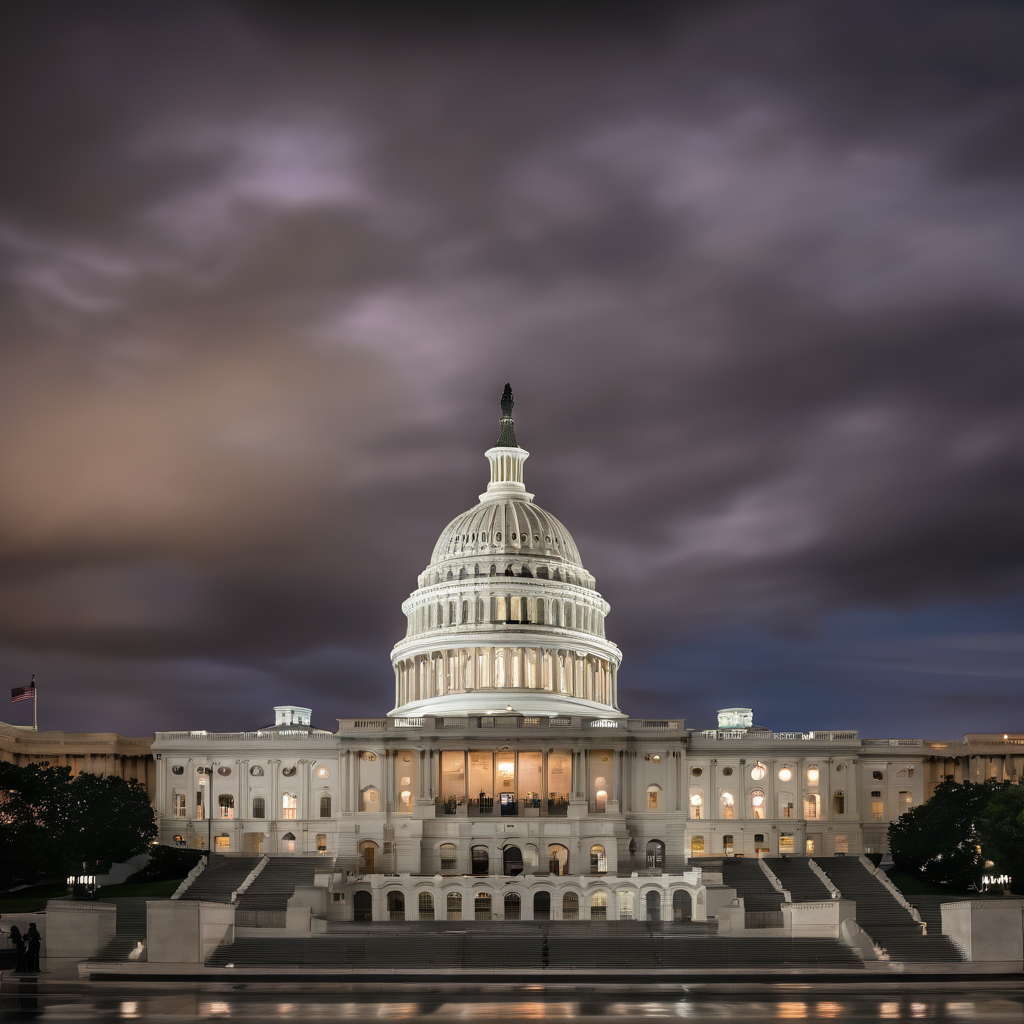The U.S. government is on the brink of a shutdown as a crucial vote to extend funding has failed in the Senate, with President Donald Trump intensifying his stance by threatening further reductions in the federal workforce. The Senate’s 55-to-45 vote against the funding extension means that from today, government agencies must halt all non-essential activities, impacting services such as air travel and delaying reports like unemployment figures. A swift resolution seems elusive as deep divisions remain between Republicans and Democrats, with no agreement in sight and the House not in session to approve any potential fix.
In the current political standoff, Democrats demand that any spending bill include healthcare subsidies, while Republicans argue for separate handling of this issue. This stalemate isn’t new—the U.S. has routinely faced budget impasses due to growing political dysfunction. Trump’s own actions add complexity to the situation, as he threatens to terminate programs favored by Democrats and further reduce the federal workforce. Notably, this workforce is already seeing a massive exodus, with more than 150,000 employees taking a buyout, marking the largest departure in decades.
The situation has become politically charged, with agencies like the Justice Department and Social Security Administration blaming Democrats for the impending shutdown in communications with employees, breaking norms that prevent government workers from political pressure.
Past efforts to pass a comprehensive tax-cut and spending bill highlighted similar tensions, with President Trump’s legislative agenda often colliding with bipartisan resistance. Proposed measures have faced criticism for disproportionately favoring the wealthy while risking increases to the national debt and undermining essential social programs. Critics from both parties have expressed concern over Trump’s fiscal policies, pointing to a possible $4.5 trillion addition to the national debt, further highlighting the current fiscal irresponsibility amid a ballooning deficit.
This unfolding crisis reflects broader challenges in U.S. governance as it struggles to balance fiscal responsibility with social needs. The hope remains that, despite the gridlock and ongoing administrative tensions, a path forward can emerge that prioritizes economic stability while addressing the essential services required by millions of Americans. These negotiations serve as a reminder of the importance of cohesive and collaborative policy-making to foster an environment conducive to growth and public welfare.
